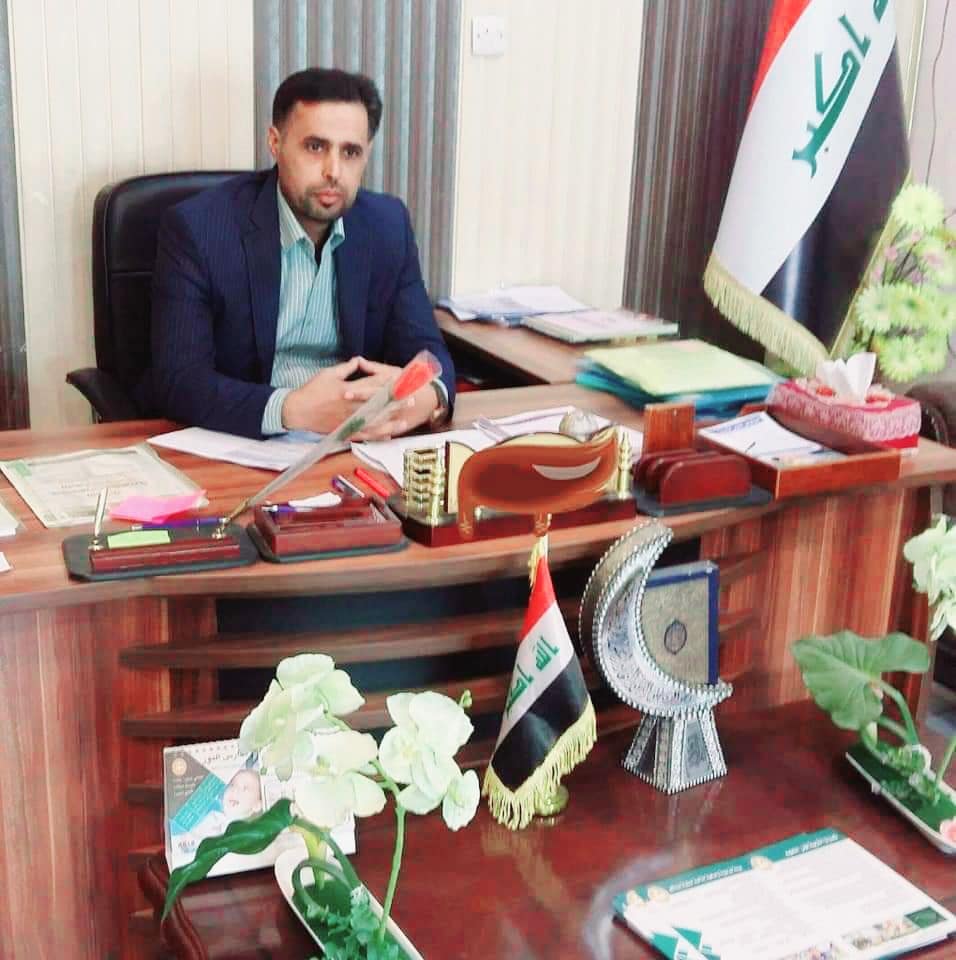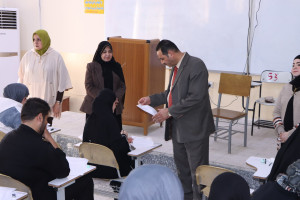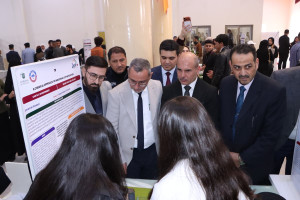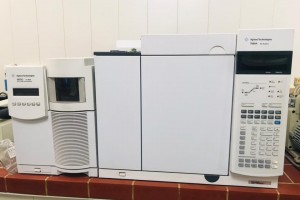
In his research study, the postgraduate / doctoral student (Abbas Kazem Jahil Al-Hamidawi), under the supervision of Professor Dr. (Ali Abdel-Wahed Abdel-Hussein Al-Shawi), was able to detect and diagnose five types of genetic mutations that cause (beta thalassemia) disease, and these mutations were not previously diagnosed in Maysan Governorate, as well as not Diagnosed in Iraq and the Arab world and not globally diagnosed. This discovery and scientific achievement has been proven within the International Gene Bank (NCBI) and the Japanese Gene Bank (DDBJ) as rights for the researcher and the supervising professor as well. This discovery was published as part of a scientific research in the Molecular Biology Reports Journal of Dar Publishing springer)) within Scopus containers with an impact factor (2.7) and within the classification Q2))
Where the research included:
A molecular study to detect and diagnose new undiagnosed genetic mutations for patients with beta thalassemia in Missan Governorate. The results revealed the presence of five types of new undiagnosed genetic mutations in Iraq, the Arab world, and the world, which is considered one of the main causes of thalassemia disease in Missan Governorate. It has been proven and recorded. These mutations are within the International Gene Center ((NCBI) and the Japanese Gene Bank ((DDBJ). These mutations are (205.C>T), (294.T>C), (389.G>A), T>C) (49 And (624.C>A), where the study showed a direct effect and a significant relationship with each of the levels of ferritin, inorganic phosphorous, urea, ALT, AST, ALP and a non-significant relationship with each of creatinine and calcium.It was revealed that there are (15) special genotypes With these mutations, these genotypes and geographically discovered mutations were distributed to the center of Maysan Governorate and the districts and sub-districts of the governorate, so the largest percentage of infection was in the governorate center, then Al-Salam district, then Al-Musharrah district, while the percentage of mutations was equal in each of Al-Majar district, Al-Maimouna district, and Qalaat Saleh district, and no results appeared in the rest Regions The results of the study showed the first region 696 bp) showed that the total number of haplotypes (Haplotype network) of the beta-clobin (HBB) gene equals 7 haplotypes. The results of the study for the second region (861 bp) also showed that the total number of haplotypes of the beta-clobin gene equals (10) haplotypes. The results of the study of the genetic composition of genetic mutations showed that the highest incidence rate was of the homozygous type, where the total percentage of homozygous was (78%). This percentage was distributed among the genetic mutations as follows, where the percentages were (16%, 17%, 17%, 13%, 15%) for mutations (C>T205), (294.T>C), (389.G>A, (49.T>C) and 624.C>A), respectively. While the percentage of beta thalassemia was heterozygous, where the total percentage of heterozygous was (22%) and it was distributed among mutations as follows (4%, 3%, 3%, 7%, 5%) for mutations (.C > T (205), (294.T>C), (389.G>A, (49.T>C), and 624.C>A), respectively.








